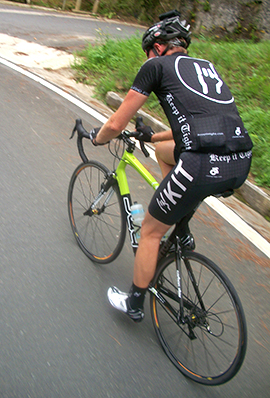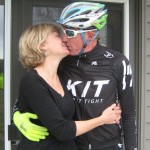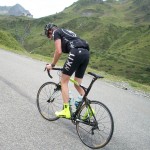By KIT guest blogger, Dave Andersen
Most of us have a limit to which we can prioritize our lives around training and racing. A pro athlete, or a single person with a cushy job, probably has the best opportunity for low stress and maximum training. For the rest of us, the athletic lifestyle is one in which you do what you can within your “life” constraints to achieve your fitness/training goals. And thus, the philosophy of “Keep it Tight” (KIT) must be adopted.
Ideally, you constantly monitor your training; rest-sleep-relaxation; nutrition; and equipment. All this works best when you plan ahead, stay organized, be honest with yourself, and live a tranquil life. It’s important that you make the rest of your life as stress-free as possible. Stress from work, family, and other responsibilities is a part of life, but it is what you do to minimize these daily stresses that can make the difference between whether you recover properly and perform to your maximum ability.
Beyond living a tranquil life, consistency of training may be the single most important thing you can do to reach your potential and reach your fitness and/or competitive goals. Therein lies the challenge for many folks. How can you fit your training into your daily life so that it becomes a part of your day without sacrificing too much on the family and work front? Cycling, walking or running to work is one strategy. Training on your lunch hour or after work every day is another. Getting up early is common for many folks with busy lives. Talk with your partner about a routine that works best for you and your family and commit to it!
Another strategy you could employ is to make your workouts as efficient as possible. Read up on how to incorporate speed walking, progressive running, interval training, etc. so that every moment devoted to exercising/training is generating the maximal benefit. No “junk” miles! If you adopt this approach, you can be just as fit AND spend more quality time on other areas of your life, including rest. Don’t forget that you must give your body time to recuperate if you want to reach the next level.
Think like an athlete and live like one. And above all else, enjoy the process.
Keep It Tight,
Dave
*Dave Andersen lives in Boston and works in the educational publishing business. He shares his passion for cycling and sport with a wide range of friends and competitors.


